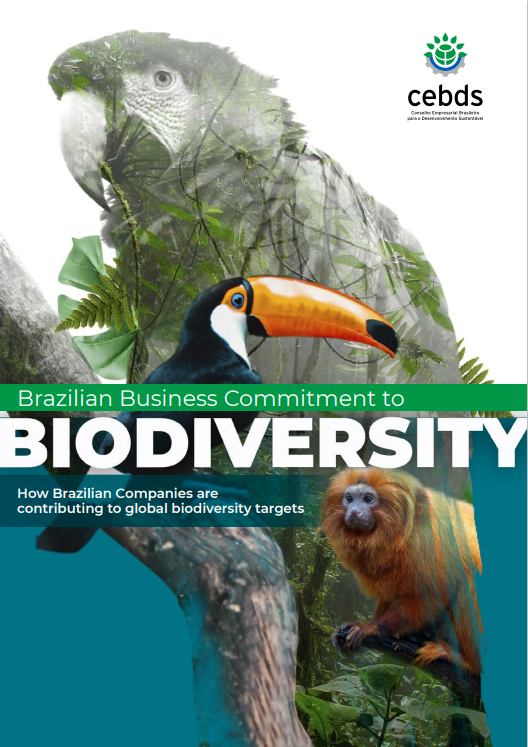Biodiversity
Copel has assets in different country regions, and, due to that, it works in different Brazilian biomes, especially in Mata Atlântica, Cerrado, Amazon and Caatinga. Thus, impact minimization and offset originated from its activities involves different ecosystems.
Within Copel activities, the most significant biodiversity impacts originate from environment modification, where its power generation, transmission and distribution undertaking deployment and operation are executed.
Copel’s new enterprise projects prioritize avoiding the reaching of protected areas or areas with high biodiversity value and are previously submitted to the risk management process.
Whenever the existence of Conservation Units or other protected areas is identified, the possibilities of relocation or changes in the project are studied, aiming not to affect such areas. In cases where it is really not possible to alter the project, all efforts are made to minimize, as much as possible, the negative impacts and potentiate the positive impacts, as well as to develop compensatory programs.
The environment surveys performed in different environment licensing stages include fauna and flora change characterization and follow-up where the undertaking will be located, which are often areas not widely explored scientifically. Then, environment programs and measures are set forth, which aim at avoiding impacts, decreasing their intensity or offsetting them.
As far as Brazil mega-biodiversity is concerned, there is a major knowledge gap on existing fauna and flora species within the national territory. Therefore, such surveys have often been a significant data source to the academic and scientific field, enabling new species occurrence reporting, as well as not widely studied species distribution reporting.
Copel actions for biodiversity include
- protection and/or recovery of areas designed to vegetable suppression offset required to undertaking deployment;
- Permanent Preservation Area recovery;
- special care with fauna and flora species considered rare and endangered, executing individual rescues and reallocations, whenever required;
- seed collection and destination for seedling research and production, in order to assure regional biodiversity maintenance and flora endemic species genetic variability; and
- fauna and flora community monitoring, to check possible impacts and offset them whenever required.
It is important to emphasize that energy generation, transmission and distribution projects also cause positive impacts on biodiversity, which are usually permanent and provide greater protection to natural environments.
The adoption of all applicable measures to avoid negative impacts to biodiversity has as its main objective the minimum possible interference in the ecosystems where the enterprises will be installed. Even so, besides avoiding or controlling all these negative impacts, Copel develops specific programs aimed at the conservation of rare or threatened species eventually found near its enterprises.
In 2021, Copel GeT became a voluntary member of the Monitoring Network of the Large Mammals of Serra do Mar Program, an initiative of the Manacá Institute and the Cananéia Research Institute (IPeC) with the objective of implementing large-scale monitoring of large mammals. Copel GeT areas located in the Serra do Mar mountain range in Paraná, very relevant for biodiversity conservation, will be integrated to the structured and systematic monitoring, generating data on the biodiversity of areas that make up a large mosaic of protected areas in the largest continuous remnant of Atlantic Forest, a region essential for the conservation and refuge of several threatened species of fauna in Paraná and Brazil.
To learn more about how Copel’s activities are related to Biodiversity, browse the items related to the topic or access Copel’s Environmental Programs.
Biodiversity Policy
Get to know Copel
operations in different ecosystems
Fauna
Flora
Ecosystemic Services
Protected Areas
Species of fauna and flora included in the IUCN red list and in national conservation lists that occur in our areas and are the indirect target of conservation actions:
Note: It is worth noting that the same species can appear in more than one threat category, according to the consulted threat list.
To understand the numbers, access the topics:
Endangered Species – Fauna
Endangered Species – Flora
Brazilian Business Commitment to Biodiversity
The Brazilian Business Commitment to Biodiversity aims to emphasize the importance of biodiversity and ecosystem services for companies, as well as the fundamental role they can play in their conservation and sustainable use based on sustainable consumption and production patterns.





